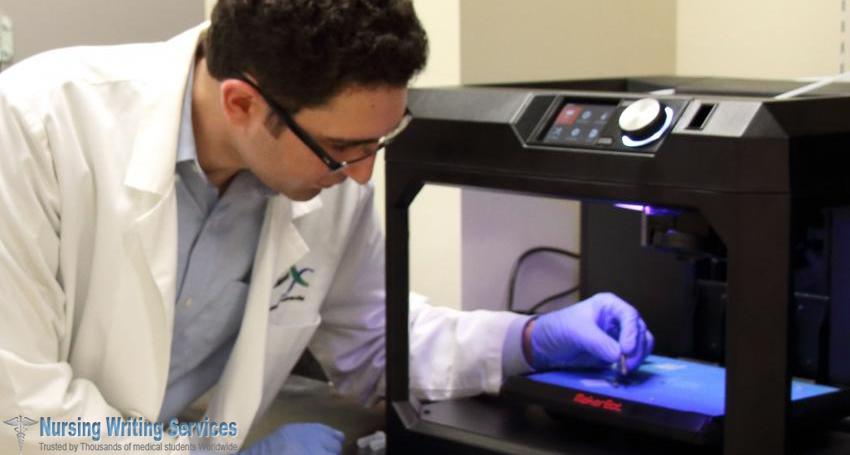inflammatory bowel disease diet and lifestyle
Inflammatory Bowel Disease (IBD) is a term for a group of diseases causing chronic inflammation of the digestive (gastrointestinal) tract.
Ulcerative colitis (UC) and Crohn's disease are the most common types of IBD and recommendations to manage each are different. It is also essential for patients to discuss the best individual treatments with a doctor as well as a registered dietician.
The food that someone eats during IBD helps to reduce and manage inflammation, but treatment with medicine or surgery is essential even when observing dietary guidelines. There is no specific diet with proven capacity to treat or prevent IBD, but some of the dieting strategies help to control the symptoms. Patients can identify problem foods by keeping a record of the items they eat and note if symptoms worsen to determine patterns that indicate problem foods.






